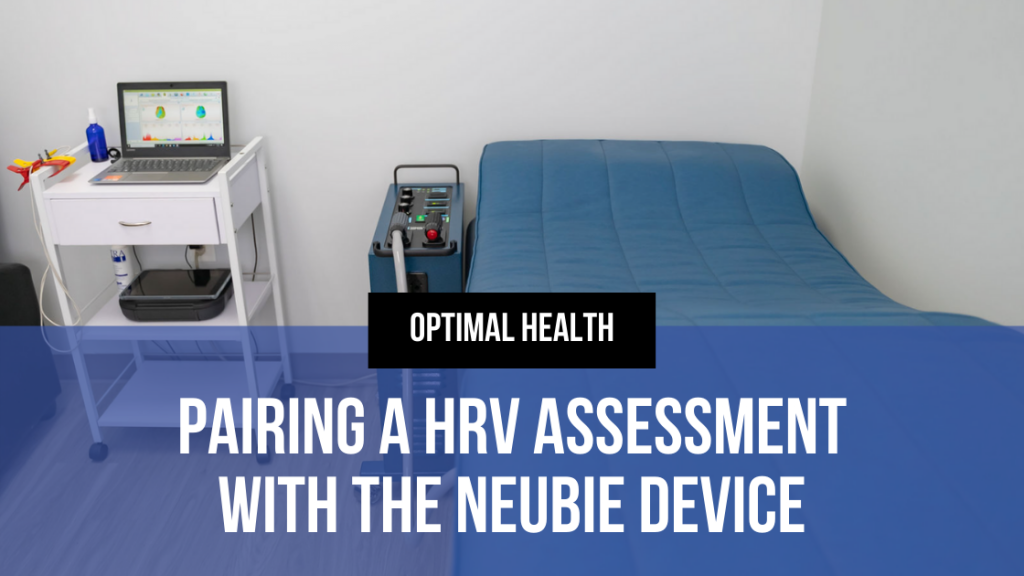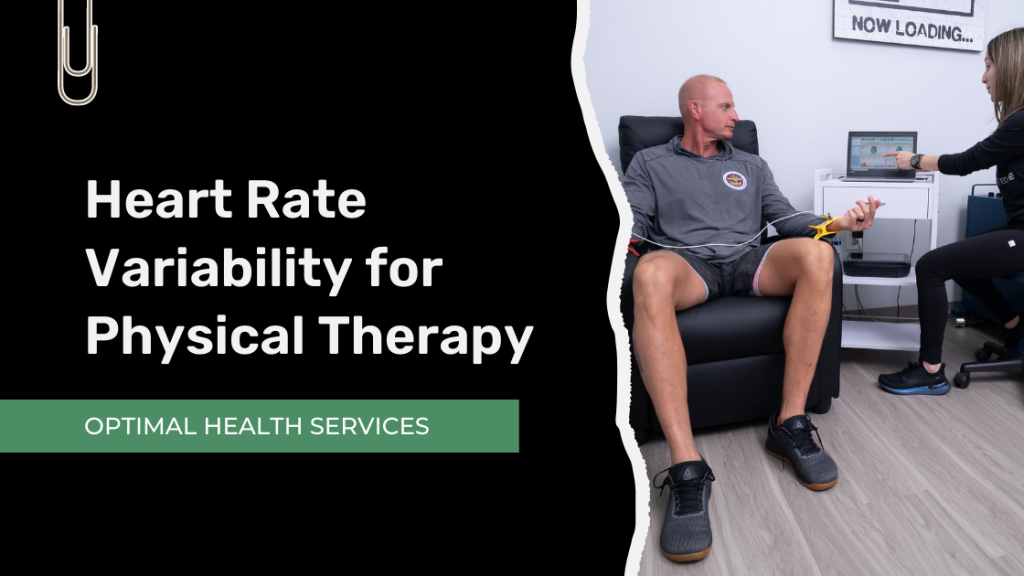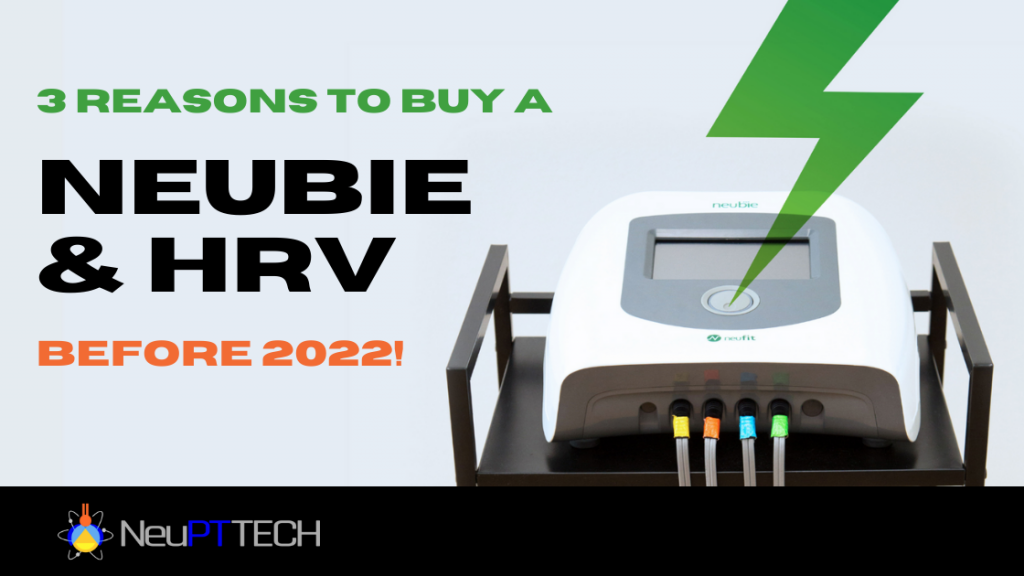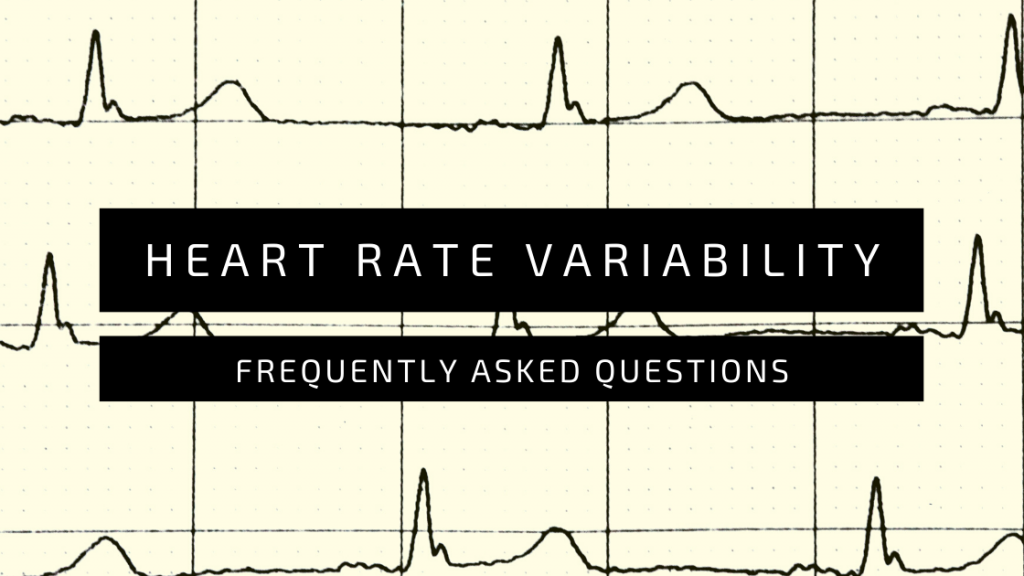
Heart Rate Variability Frequently Asked Questions
As leaders in providing HRV technology to physical therapy programs across the US, we consider heart rate variability one of the most important measures of your overall health. In Jason Waz’s own practice in Tampa, FL, HRV plays a key role in day-to-day clinical decision making. It provides vital data that is essentially a roadmap into what the patient can tolerate on any given day.
To that end, this HRV FAQ was compiled to highlight the value of an HRV assessment and answer some of the most common heart rate variability (HRV) questions we receive at NeuPTtech.
NeuPTtech’s Heart Rate Variability FAQ Guide:
What is Heart Rate Variability?
Heart Rate Variability, or HRV, measures the time between heartbeats. A heartbeat is the heart muscle contraction, while the heart rate is the number of contractions in a measure of time. However, heart rate variability is not constant and varies with activity and lifestyle. Time fluctuates between individual heartbeats, and this increases or decreases the heart rate variability number.
The heart rate is an autonomic response, meaning that it is something that happens without our being conscious of it through the autonomic nervous system. However, things we do can affect this process. Psychological factors such as stress and physical activity have an effect on the automatic heart rate.
How Does the Autonomic Nervous System Work?
Heart Rate Variability measures the variation in time between each heartbeat, controlled by a primitive part of the nervous system called the autonomic nervous system (ANS). ANS is made up of two parts, the sympathetic nervous system and the parasympathetic nervous system. Let’s put this in overly simplistic terms about a complicated system:
The sympathetic nervous system controls the body’s “fight or flight” response. So, when you’re facing a threat, the sympathetic nervous system tells your heart to speed up and beat faster. In contrast, the parasympathetic nervous system (or “rest and digest” system) slows your heart rate down when you’re relaxed.
If a person’s autonomic nervous system is healthy, it should easily and flexibly switch between speeding up and slowing down the heart rate. That leads to a higher HRV. On the other hand, someone who is perpetually in a state of stress and anxiety has a low HRV — they’re stuck in a faster, “fight or flight” heart rate.
Why is an HRV Assessment Used in Physical Therapy?
Heart Rate Variability therapy includes a HRV assessment report that can identify imbalances in a patient’s nervous system that will help their physical therapist design an individualized plan to improve the patient’s overall health and wellbeing while creating a more effective rehabilitation program to maximize their results.
By objectively measuring the balance between the patient’s nervous systems and making adjustments to their everyday life, this assessment can also help reduce stress levels so they can increase overall health and mental function.
Here’s why you should add HRV Therapy to Your Physical Therapy Practice.
Why is Your HRV Score Important?
Generally speaking, HRV indicates health in a couple of ways. A high HRV score means a stronger Autonomic Nervous System or, simply put, the ability of our bodies to manage day-to-day stressors. On the other hand, as an HRV score is lowered, it may signify high stress and poor health.
What Can Affect Your HRV Score?
The brain processes information in the hypothalamus which sends signals to the rest of the body either to stimulate or to relax different functions. It responds to a poor night’s sleep, an argument with your spouse, exciting news of a promotion or a tasty meal at your favorite restaurant.
If you experience persistent instigators like stress, poor sleep, unhealthy diet, dysfunctional relationships, lack of exercise, etc., this balance is disrupted and your fight-or-flight response shifts into overdrive.
How is HRV Measured?
There are a couple of ways to measure HRV, especially when it comes to physical therapy. One way is through an electrocardiogram or ECG. Another form of measurement is photoplethysmography or PPG.
An electrocardiogram is a relatively simple therapeutic measurement to evaluate the heart. An ECG uses small electrodes at points such as the chest, arms, and legs and connects them to the ECG machine. The ECG machine then measures the heart’s electrical activity, interprets it, and then delivers a detailed report. It does not involve applying electricity to the body but rather measures natural electrical impulses in the body through the heart’s contractions.
The clinical HRV assessment system we recommend at NeuPT Tech uses simple ECG sensors on the patient’s wrists and only takes about 5 minutes to complete.
Photoplethysmography is a measurement that is taken optically to detect blood volume changes. As blood passes through microvascular tissue, such as the skin’s surface, PPG detects the rate of blood flow to determine the heart’s activity. This is non-invasive and entirely observational.
See how NeuPTtech’s HRV technology solves for Optimal Health in Patients.
What Are the Benefits of Measuring Heart Rate Variability?
There is a lot of value in knowing how your heart rate is performing, but here are some key benefits that NeuPTtech likes to highlight:
1. Understand How Your Body Responds to Triggers
HRV therapy creates awareness around the healthy habits that deliver a favorable impact on your health. As a result, it typically will influence positive behavioral change.
2. Expose the Link Between Stress, Pain, Mood and Injuries
Chronic stress and pain from various sources can lead you
on a path to drastically reduced health, poor athletic performance and delayed/inability to heal from an injury.
3. Identify Overuse Injuries Even Before They Happen
HRV data can determine when you’re less likely to perform at your best or when your body needs more recovery time – it can even signal when you’re at a higher risk for injury.
4. Predict Training Response (High or Low Intensity)
Your therapist can customize treatments with HRV – high HRV may respond better to higher intensity training, while low HRV may do better with a high volume, low intensity approach.
What is the Average Heart Rate Variability?
While the clinical understanding of HRV varies, particularly given that HRV changes based on the person, there are some general guidelines as to what constitutes an “average” heart rate variability.
Most important is that a citable number is not currently known. What is important is the average of a patient’s heart rate over time and that the heart rate is consistent, barring extreme swings of activity. Specifically, a higher HRV is better than a lower HRV, but rest periods inevitably result in lower rates. Maintaining an average HRV score is essential because any imbalance beyond the personal norm may indicate an issue.
What does Low HRV Signify?
In general, a low heart rate variability score can be a sign of current or future health problems. Your body is essentially signaling that it is struggling with new or changing conditions. A low HRV also is found more often in people with higher resting heart rates. A faster heart beat means less time between beats which removes opportunity for variability. Low HRV can be found in patients with conditions like diabetes, high blood pressure, heart arrhythmia, asthma, anxiety and depression.
What Does High HRV Signify?
Heart rate variability is an individual metric, and it is not something readily compared from person to person. Generally speaking, higher HRV scores indicate that the person’s ANS is healthy and they can easily switch between speeding up or slowing down their heart rate.
Though general trends exist, younger people typically have a higher HRV than older people, and men may have higher HRV numbers than women. Athletes as a whole have significantly higher HRV numbers than an average person.
How Do I Improve My HRV?
Stress management, PT interventions like the NEUBIE or PEMF, meditation, diaphragmatic breathing and Cardiovascular fitness have been shown to improve heart rate variability over time. This type of training is something that patients can integrate into a physical therapy practice as it encourages cardiovascular health, which is vital to the body’s natural recovery process.
Cardio, in combination with measurement of HRV, should raise the HRV average for most patients. However, if there tends to be issues where the average is falling during a consistent pattern of cardio and measurement, it may mean something is up and they are suffering from stress, anxiety, poor sleep or even starting to get sick.
How Do You Monitor Heart Rate Variability?
Heart rate variability monitoring has never been easier. There are many affordable end-consumer HRV monitoring devices, including wearables which sync to an app on a smartphone and provide data to consumers interested in tracking it.
For therapy practices, HRV monitoring no longer requires large, expensive machinery. Most clinical HRV systems offer a 5-minute, non-invasive procedure that outlines a picture of your wellness and recovery capacity by gaining biofeedback from electrical activity of the heart. Plus, they often carry additional functionality and software that provides essential insights.
Check out our comparison of HRV systems vs. HRV wearables.
We encourage using a clinical HRV system to measure heart rate variability because it is a real-time, evidence-based approach that can directly influence your training or recovery with an actionable plan of care from your physical therapist.
How Can I Add HRV Monitoring to my Physical Therapy Practice?
Heart rate variability monitoring is essential for a physical therapy practice because the human body is an interconnected series of systems. If one system is struggling, that can affect other systems. After all, a great deal of the body’s natural recovery revolves around the circulation of oxygenated blood. A low HRV would mean oxygenated blood is not traveling as fast as it should in the body, resulting in a slower recovery.
Physical therapy and muscle growth involve stressing and tearing muscles that heal and grow back more robustly because of blood circulation. To that end, HRV monitoring has become a key element of optimal health services within a modern physical therapy practice.
Discover how the NeuPT HRV system can help your private practice measure optimal health in patients and improve outcomes related to strength and recovery.


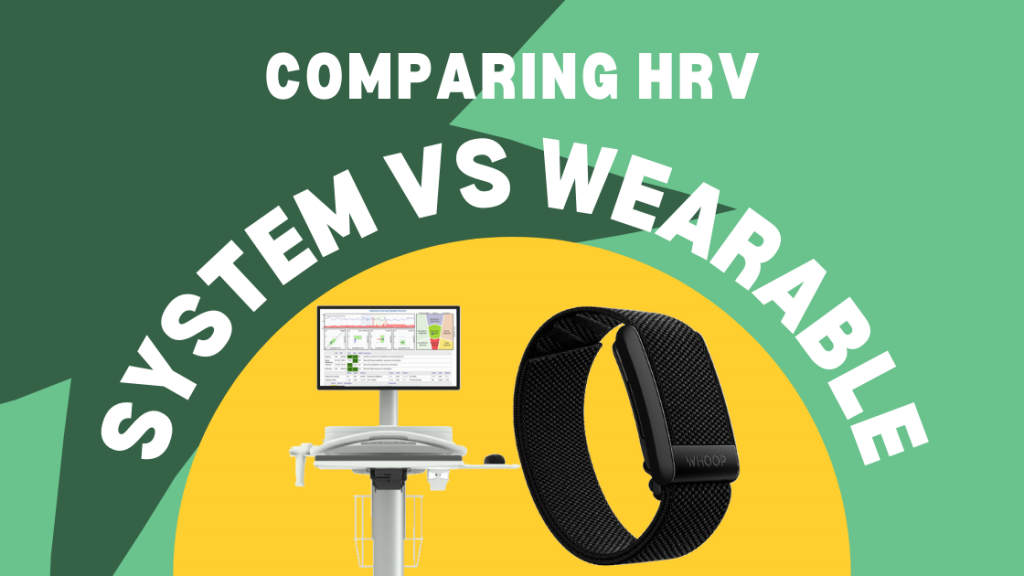 Previous Post
Previous Post Next Post
Next Post